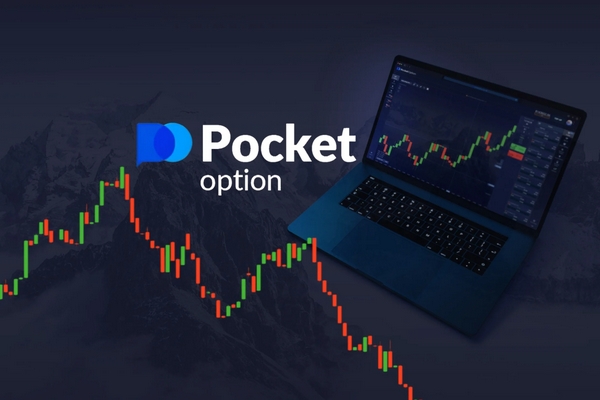
Best Indicators for Pocket Option
If you are looking to elevate your trading game, understanding the best indicators for pocket option best indicators for pocket option is essential. In today’s fast-paced trading environment, efficient analysis tools can significantly impact your performance in the financial markets. This article will explore the most effective indicators that can be utilized on the Pocket Option platform, helping you to improve your trading decisions and increase your profitability.
Understanding Pocket Option
Pocket Option is a popular online trading platform that allows users to engage in binary options trading. The platform offers a user-friendly interface and a variety of trading options, making it accessible for both beginners and experienced traders. However, like any trading platform, success relies heavily on traders’ knowledge of market trends and the tools they use to analyze those trends.
What Are Trading Indicators?
Trading indicators are mathematical calculations based on the price, volume, or open interest of a security. They are essential for traders as they help in interpreting market trends, entering and exiting trades, and predicting future price movements. There are numerous indicators available, and each has its unique strengths and weaknesses. Understanding these can assist traders in formulating effective trading strategies.
The Best Indicators for Pocket Option
Let’s delve into some of the best indicators you can utilize on Pocket Option, highlighting their functionalities and how they can aid your trading strategy:
1. Moving Averages

Moving averages are one of the most widely used indicators in technical analysis. They smooth out price data by creating a constantly updated average price. By doing this, they help traders identify the direction of the trend. Simple Moving Average (SMA) and Exponential Moving Average (EMA) are the two most common types. Traders typically use them to determine entry and exit points by observing crossovers.
2. Relative Strength Index (RSI)
The RSI is a momentum oscillator that measures the speed and change of price movements. It ranges from 0 to 100 and is typically used to identify overbought or oversold conditions in a market. When the RSI is above 70, the asset may be overbought, indicating a potential reversal; conversely, an RSI below 30 suggests oversold conditions. It’s a powerful tool for determining entry and exit points in trades.
3. Bollinger Bands
Bollinger Bands consist of a middle band (SMA) and two outer bands that represent the standard deviation. The bands expand and contract based on market volatility. When the price touches the upper band, it might indicate an overbought condition, while touching the lower band could indicate an oversold condition. This indicator is particularly useful in volatile markets where sharp price movements can occur.
4. Stochastic Oscillator
The stochastic oscillator compares a particular closing price of an asset to its price range over a specific period. It also ranges from 0 to 100, with readings above 80 indicating overbought conditions and below 20 indicating oversold conditions. This indicator helps traders predict reversals, making it an integral part of many trading strategies.
5. MACD (Moving Average Convergence Divergence)
The MACD is a trend-following momentum indicator that shows the relationship between two moving averages of an asset’s price. It consists of the MACD line, signal line, and histogram. Traders look for crossovers of the MACD and signal lines to identify potential buy or sell signals. The MACD, especially when used with other indicators, can provide clearer insights into market trends.

6. Volume Indicator
Volume is one of the most fundamental indicators that a trader can use. It represents the number of shares or contracts traded in a security or market during a given period. High volume often correlates with strong price movements, while low volume may indicate consolidation or a lack of interest. Combining volume analysis with price action provides a comprehensive view of market dynamics.
Combining Indicators for Enhanced Strategy
While each of these indicators can be powerful on its own, they are even more effective when combined. For instance, combining moving averages with the RSI can help confirm trends, while Bollinger Bands and volume can provide insights into potential volatility. The key is to find a balance that suits your trading style without overwhelming yourself with too much information.
Backtesting Your Strategy
Once you have determined which indicators to use, it is crucial to backtest your strategy. Many trading platforms, including Pocket Option, offer features that allow you to analyze historical performance. This step will help you identify the effectiveness of your indicators and refine your strategy before applying it in real-time trading.
Conclusion
Mastering the best indicators for Pocket Option can dramatically improve your trading outcomes. By gaining a solid understanding of various indicators like Moving Averages, RSI, and MACD, you can make more informed trading decisions. Remember, the key to success in trading is not just about the tools you use but also about continuous learning, adaptation, and discipline in your trading practices.
Always strive to enhance your knowledge and skills, and don’t hesitate to adjust your strategies based on market conditions. As you become more familiar with using these indicators effectively, you’ll find yourself making smarter trades with increased confidence.




 English
English